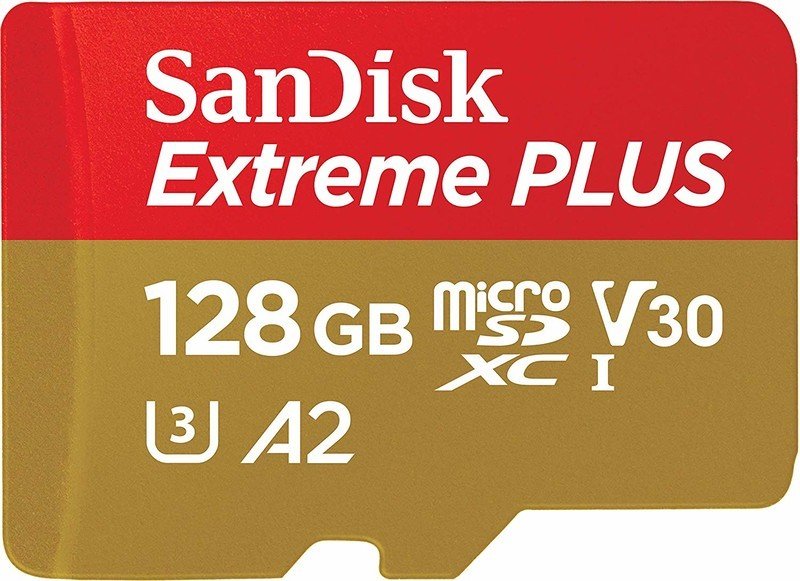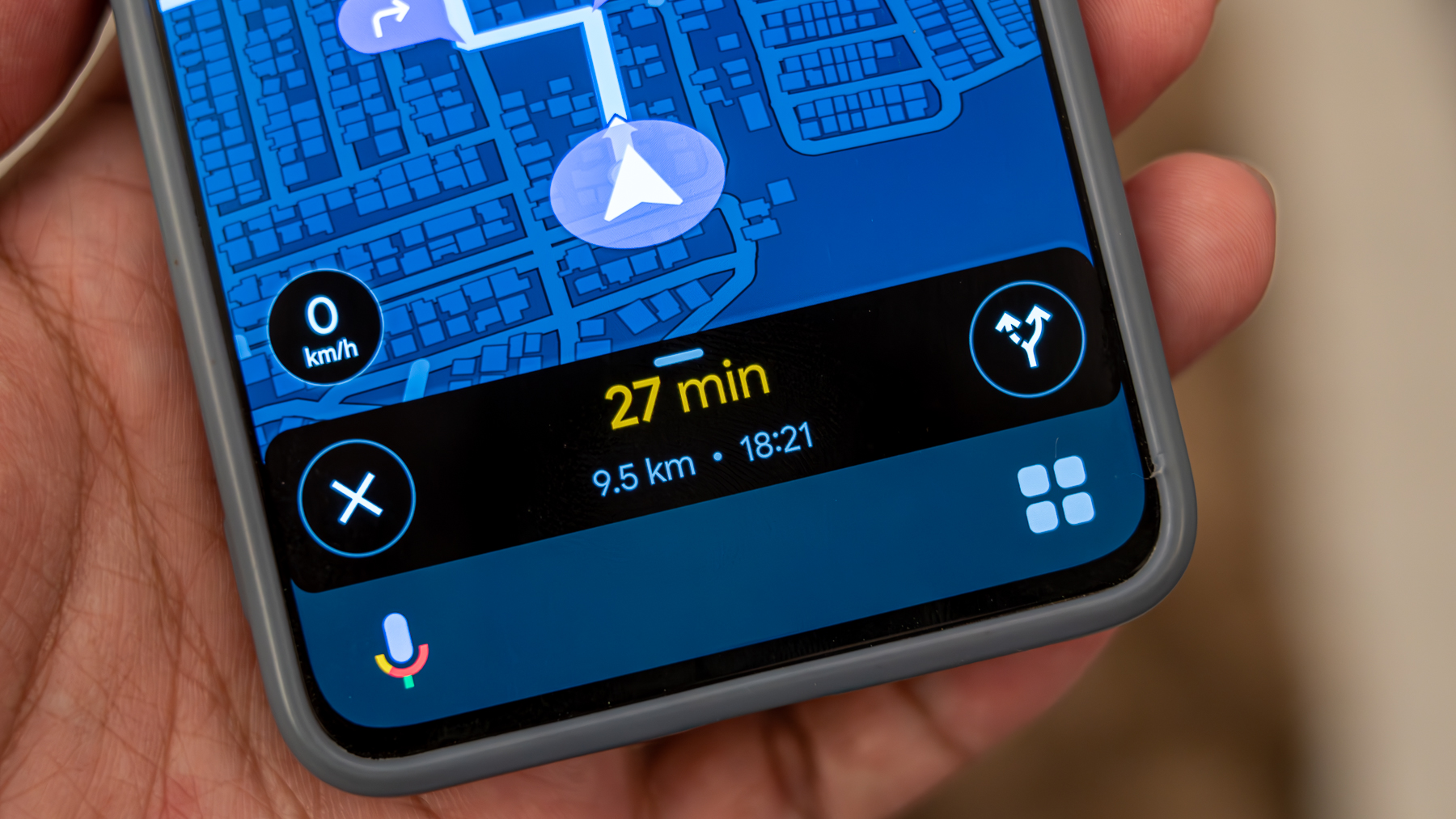Everything you need to know about your SD card and Adoptable storage
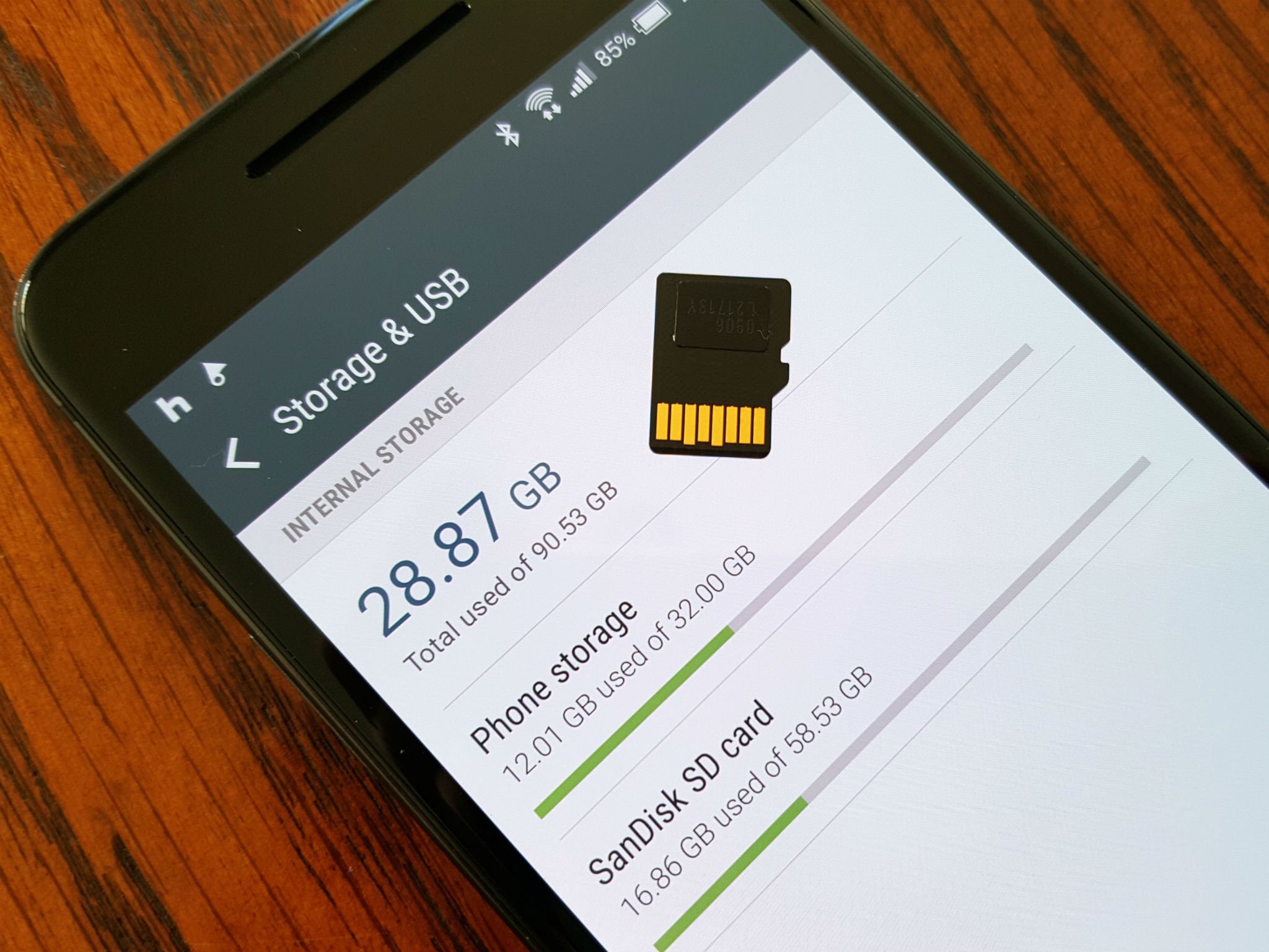
Best answer: Adoptable storage is when you use a regular microSD card and have it act as if it were internal (non-removable) storage on your phone. It's slower than the actual internal storage, can fail if used too much, and once you do it you can never remove the card again unless you reset your phone. That's why many Android device manufacturers don't enable the option.
- Really fast and really cheap storage: 128GB SanDisk Extreme ($26 at Amazon)
What is Adoptable storage?
Android has always supported external storage and SD cards, but with Android Marshmallow we saw a new way to use them: adopt them into the system to act as non-removable storage just like the storage that is already inside your phone.
It's a good idea that has been around a long time, but there are some pretty serious drawbacks to doing it. The first thing you need to know is that once you adopt an SD card as system storage, you can't remove it unless you want to factory reset your phone. That's because system files for apps and settings now live on the card and if you turn the phone on without it, things will go haywire and never be able to recover; the system expects and needs certain files to be in a specific place.
Adoptable Storage makes your SD card non-removable. Unless you enjoy factory resets, that is.
Another drawback is that even the fastest microSD card is a lot slower than internal flash storage. You might think that the numbers you see advertised like 300 M/second read time are fast, but those numbers only apply when you're reading one big file. Smaller sequential reads of a lot of little files — which is mostly what the system will be doing when it lives on the SD card — will be much slower. Probably slow enough for you to see the difference, and maybe even too slow.
Finally, you need to know that SD cards, even the best ones, have a limited number of times they can have data written to them before they fail. The internal flash storage in your phone will fail eventually, too, but you probably won't have your phone by then as it will last hundreds of times longer than an SD card will when used as system storage.
It's not all bad
Be an expert in 5 minutes
Get the latest news from Android Central, your trusted companion in the world of Android
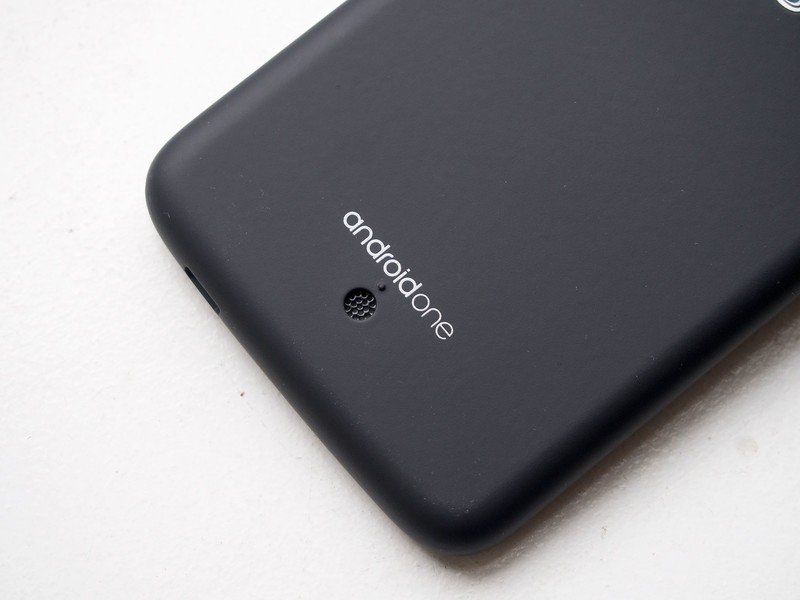
Now that the bad things about Adoptable Storage are out of the way, it's time for the good part: you can easily add 128GB of storage to your phone for a few bucks. And not just storage to save documents, pictures, movies or music to either; this is storage that can be used for apps to install on.
Slow storage is better than no storage.
The general consensus is that Google made this move because Android One devices all ship with limited internal storage, and users will need more space to install apps and their associated data. I agree, and this is a decent solution if you're in a similar situation. Storage that's a little slower and might fail and force you to reset your phone is better than no storage (and no apps).
How do I do it?
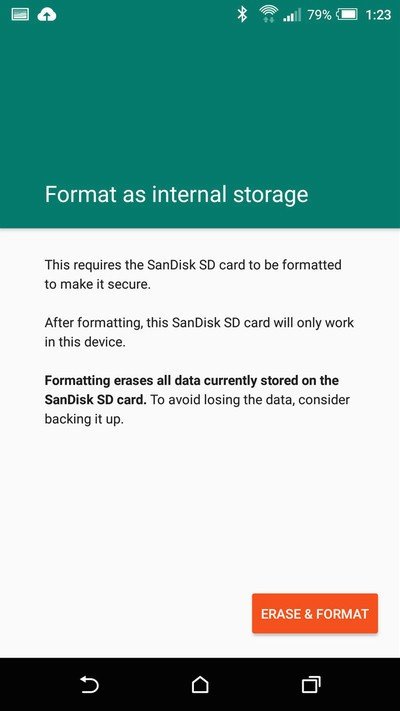
First things first: the company that made your phone might not have enabled it. The way Android works allows companies like Samsung to customize almost every part of it and Adoptable Storage often gets stripped out. I've asked company representatives why this is done, and all have the same answer — it can be confusing and lead to a bad experience.
The company that made your phone might have disabled it, for a good reason.
That answer is both right and wrong. Setting up Adoptable Storage isn't confusing. Just stick an SD card in the slot and if your phone supports it, you'll see a pop-up asking you if you want to use the card as removable storage or adopt it into the system. Make your choice and a few moments later you're done. But the next part can be a little confusing.
Remember above where we say you can't remove the card without having to reset your phone? That can be a little worrisome for a company when it comes to tech support. The whole goal is to make customers happy and telling them they have to reset their phone because they pulled out the card thinking they could copy their photos to a laptop isn't going to do that.
Adoptable Storage isn't a perfect solution, but it's an option if your phone has very little room for apps or games. You're giving up the primary job of an SD card — storing all your media and documents — for the extra storage to install apps that might run slowly and if things fail you need to reset everything. If your phone supports it, only you know which is the right decision to make.

Jerry is an amateur woodworker and struggling shade tree mechanic. There's nothing he can't take apart, but many things he can't reassemble. You'll find him writing and speaking his loud opinion on Android Central and occasionally on Threads.
